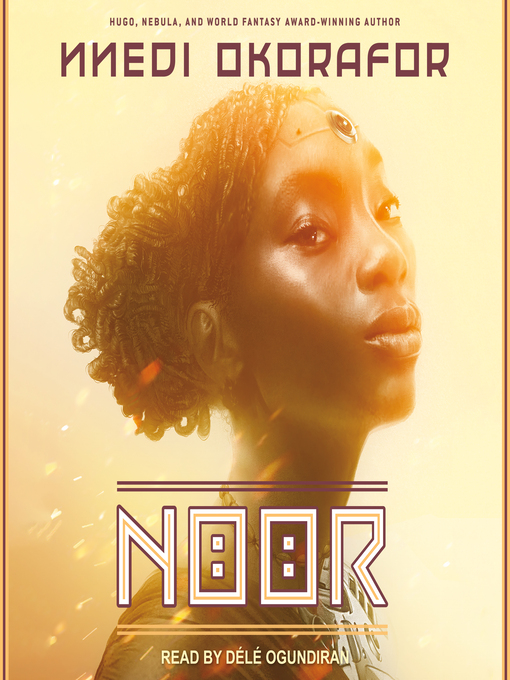Review by Kirkus Book Review
A young girl wonders why the women in her family wear headscarves. Noor knows that her mother's hijab isn't her hair, a towel, or a hat. It looks similar to the headscarves worn by Noor's aunt and sister, though it differs from her maternal grandmother's niqab and the loosely draped scarf worn by her paternal grandmother. Why do they all wear hijab? Noor wonders if they're storing snacks underneath. Or maybe they're trying to avoid catching lice? Her busy family members dismiss her inquiries. Finally, Noor's mother tells her that the hijab is part of who she is as a Muslim woman: "We are believers. We are dreamers…My hijab is where I find peace, and it is where I dare to find power." Though it's a poignant explanation, some readers may wonder if the omission of religious doctrine is deliberate. Some of Noor's questions echo the invasive queries Muslim women often encounter ("Is it so nobody can see when you're having a bad hair day?"). Noor's description of her niqabi grandmother as mysterious and "secretive" feels like an othering portrayal of Muslim women. Vibrant illustrations depict a variety of textiles, patterns, and decor, and Adani pays special attention to how context influences when characters wear hijab. Noor and her family are cued as Bangladeshi. A sweet but slightly lacking exploration of hijab. (Picture book. 4-8) Copyright (c) Kirkus Reviews, used with permission.
Copyright (c) Kirkus Reviews, used with permission.


